I was sitting across a table; I can’t remember who asked the same rhetorical question first. The question went something like this: you know, you and I have one fundamental thing in common. Invariably, I’m met by a blank stare; the question just popping up.
“Our ancestors avoided the Black Death.” By whatever means, they did.
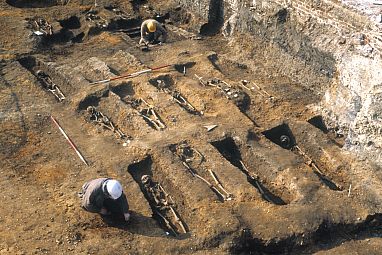
There were no defence mechanisms against the miasma, although they were certain people who began to understand the value of hygiene who found some defence.
Hygiene, as we know it, was not generally accepted even by all the medical profession, let alone the populace. Walk around any old cemetery and see the number of deaths of children under the age of five years in the nineteenth and early twentieth centuries from what today are curable diseases, largely due to the progressive introduction of vaccines.
Even the Spanish flu virus, which devastated country after country following WWI, the time when my father and mother were young, survives as seasonal influenza, for which a vaccine is available each year.
By the time I was born, due to the vaccination against diphtheria, tetanus and pertussis, these diseases were vanishing, although the pertussis vaccine was not as effective as the other two. They were all combined into the triple antigen injection in 1953.
The Spanish flu never reached Tasmania, but the 1935 polio epidemic started in the small town of Railton, the topiary town in central north Tasmania. Poliomyelitis was still a scourge when I was a small boy. I lived through the 1949 epidemic, when contact between schools stopped, and hygiene was enforced. We survived and, within the decade, first the Salk and then the more effective Sabin vaccine emerged. Over the following decades the disease melted away, such that hospitals that were constructed for poliomyelitis patient treatment were repurposed.
Vaccination was generally accepted until that rogue doctor Andrew Wakefield fooled the Lancet into publishing his outrageously fraudulent claim that autism was induced by the MMR (Measles, Mumps, Rubella) vaccine. He was in cahoots with a group of lawyers and grifters who wanted to use this claim to sue the manufacturers, distributors and those administering the vaccine.
Why Wakefield is not serving a long prison sentence is beyond me. But his antics were catalyst to much of the anti-vaccine sentiment which has followed and been attached to so much of the conspiracy mumbo jumbo. If this is allowed to continue to spread, then the world is at risk from the succeeding waves of anti-vaccine propaganda dissuading a substantial proportion from being vaccinated.
As I wrote in 2014, well before the COVID-19 epidemic, in the Medical Journal of Australia (MJA):
“Wilful objection to vaccination on the basis of spurious science should neither be encouraged nor rewarded, particularly by government. It is time for the whole question of conscientious objection to vaccination to be aired in Parliament if for no other reason than to find out which of our politicians are against vaccination, for they are as dangerous to continued Australian wellbeing as anyone who would challenge the biosecurity of our country.”
This statement applies more than ever!
Shenanigans is an Irish word
Racecourses that once attracted tens of thousands of people now lie beneath airport runways, university campuses and housing estates. It is now 50 years since Birmingham’s Bromford Bridge course shut (21 June 1965) and it is one of many that vanished thanks to a housing boom and the lure of developers’ money. BBC report in 2015 (The racecourse had been opened in 1894, but horse races had been held there since the 18th century.)
Racecourses are closing all over the world. Since 2000, for instance, 38 racecourses have closed across the United States.
When reporting that the Singapore racing industry will shortly be closed down to provide vital space for housing, I recommended that Randwick racecourse too should be closed. I believe it stands to reason to take over that racecourse with all its accessibility advantages if the Government is serious in seeking to increase the housing stock most effectively. For those businesses seeking to have their staff to return to offices in the City, the redevelopment of Randwick Racecourse could provide housing located close to the city and served by light rail.
The problem is that any transactions between the Australian Jockey Club (AJC) now Australian Turf Club (ATC) and the NSW government, especially when the Party of Tripodi is in power, is influenced by the cosy relationship between it and the NSW Government.
Because most of the population takes no notice and the media writers are gushing about the purchase of racecourse land, the community is hoodwinked until the deal is done, and “spaghetti junction” politics is transferred to a “hallowed turf” rort – note the use of “hallowed”. You can find the word in the Irish Roman Catholic litany, the traditional players in the acquisition and management of the racing industry and the tribe that underpins the NSW Labor Party right.
They are aided and abetted by The National Party, whose policies are to slavishly try and keep rural myths that have never existed. The party is powerful – look how it took down Michael Baird’s attempt to abolish greyhound racing. With its history of cruelty and corruption, the abolition of greyhound racing was long overdue. Yet we, as NSW citizens, still allow it to exist, an abomination which attracts fewer and few spectators.
Determining the ownership of the racecourse is beyond me, but the trail on this matter is murky. Let’s start with a quote from a racing industry blurb:
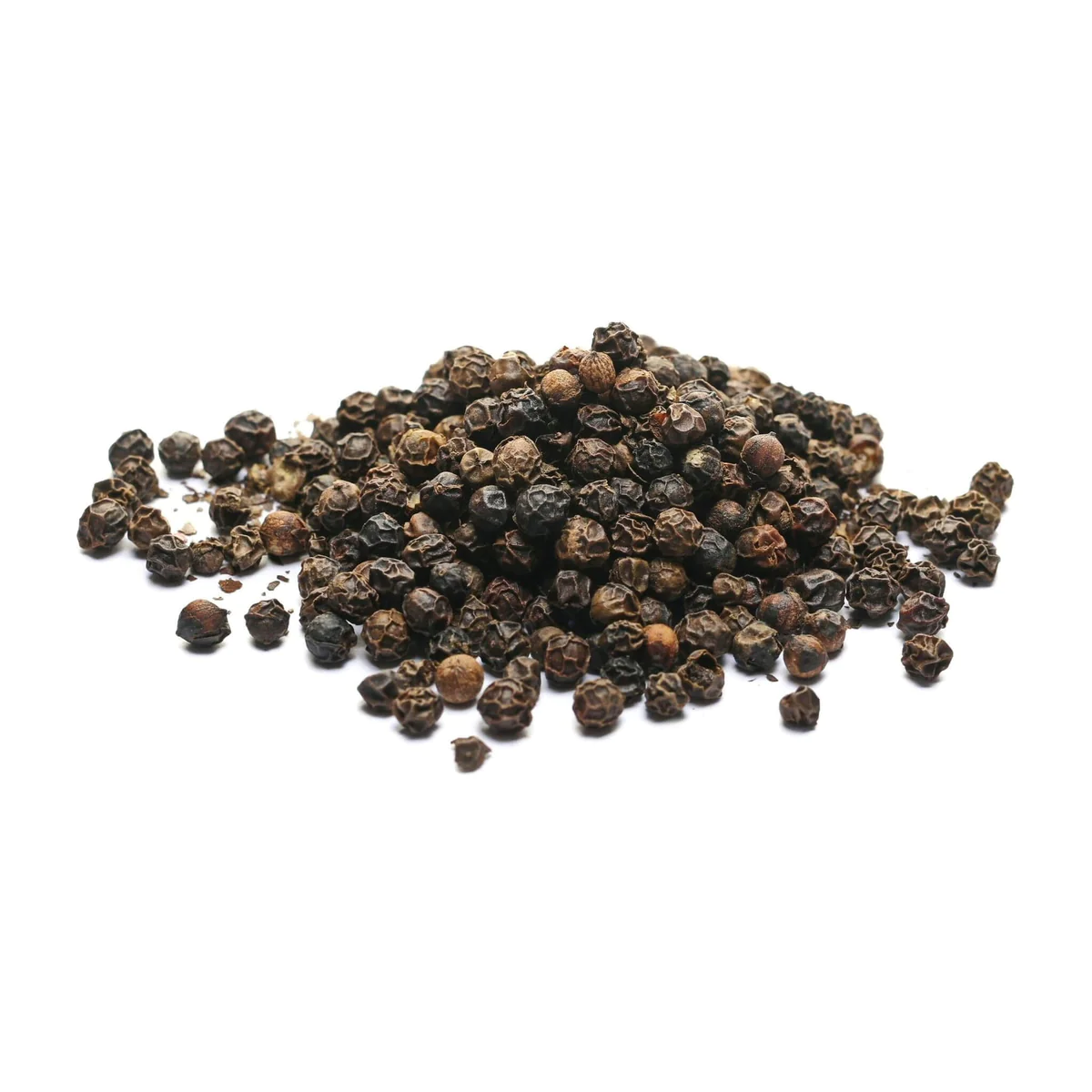 The land at Randwick on which the racecourse was situated was crown land and controlled by the NSW Government. The issue with Homebush, apart from the state of the track, was the yearly negotiation of rent and use. At Randwick, the burgeoning AJC had much more security. In 1863, the NSW Government granted to trustees representing AJC an annual rent of “one black peppercorn payable on demand”. So far, this payment has never been collected.
The land at Randwick on which the racecourse was situated was crown land and controlled by the NSW Government. The issue with Homebush, apart from the state of the track, was the yearly negotiation of rent and use. At Randwick, the burgeoning AJC had much more security. In 1863, the NSW Government granted to trustees representing AJC an annual rent of “one black peppercorn payable on demand”. So far, this payment has never been collected.
Then there is no description of how the racecourse land proceeded to outright acquisition. Presumably there is an Act somewhere. Just a simple query and, if so, why was it not contained in any racing industry information.
For Rosehill, there was a clearer money trail.
The original land was held by the MacArthur family, as noted by Ian Ibbett. In 1880 it was sold to the lawyer, Septimus Stephen, who subdivided the land and advertised it for sale using the name of Rosehill. Enter the flamboyant theatrical entrepreneur of the late nineteenth century, John Bennett. He bought a significant holding of 140 acres for a racecourse and recreation ground and on 18th April 1885, after an outlay of some £17,000, Rosehill racecourse conducted its first meeting. Bennett even went so far as to provide a private railway track connecting Rosehill to the mainline at Clyde. The railway notwithstanding, for some years, racegoers, were able to come to the course by boat, anchoring mid-stream in the Parramatta River, while patrons paid the princely sum of a shilling for the transfer ashore.
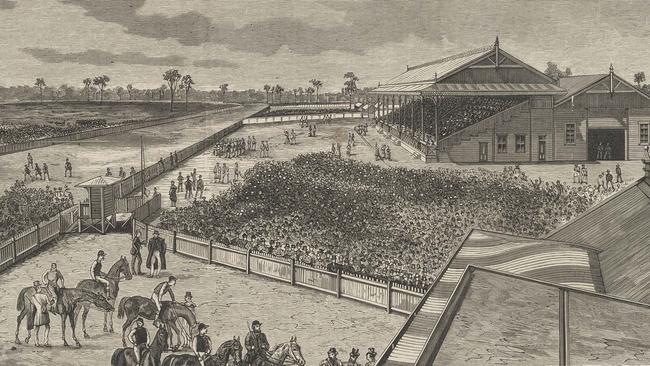
Bennett set up the Rosehill Racing Club (RRC), which later became the Rosehill Racecourse Company. The amount of money which he paid for the land seems not to be disclosed or at least not readily available.
The Sydney Turf Club (STC) was founded in 1943 and is the youngest of Australia’s Principal Race Clubs. It was formed following an Act passed by the New South Wales parliament called the Sydney Turf Club Act (since repealed). The Act gave the club the power to hold 62 race meetings a year at the Rosehill and Canterbury tracks.
This came about because the then NSW Premier William McKell, instituted government legislation which created the Sydney Turf Club (STC) in 1943. McKell hand-picked the first board of directors which set about reviewing and dismantling the proprietary and pony race clubs. After much discussion and reporting, the STC purchased Rosehill Racecourse Company and Canterbury Park Racecourse Company. The remaining clubs at Moorefield, Ascot, Kensington, Rosebery and Victoria Park gradually closed.
In February 2011 the Sydney Turf Club (STC) and the Australian Jockey Club (AJC) officially merged to form a new Sydney racing club, the Australian Turf Club (ATC), and commenced racing immediately. The backstory was that the AJC was broke and the STC was very solvent. The STC members did not want the merger, but its Board overrode the members’ wishes. That is how the racing industry works as an offshoot of the Sicilian Vespers.
Sydney racing was further boosted by a $174m funding package by the NSW Government to redevelop Randwick racecourse ($150m) along with improvements to Rosehill ($24mM).
Yet the ATC runs a deficit, despite having absorbed the STC funds.
Now the ATC has the temerity to seek $5 billion for the Rosehill site, so they can spend up on equine fripperies, when the aim should be to restrict, to reduce the outlandish prize money and to make the industry pay for itself.
The NSW Taxpayer is being asked to underwrite an industry in decline, despite the outrageous prize money. Yet another normal day at Spaghetti Junction on Macquarie Street.
Remember the word outrageous! It is time for us to stop being fooled.
I would acquire the Rosehill Racecourse, and tell them to use the pre-existing facilities, and legislate for betting companies to build the facilities elsewhere – they would soon work out what was essential and not. Anyway, that would be my starting point. Sydney needs housing not an outdated and increasingly irrelevant industry.
The Japanese Maple Births
This Spring a couple of native mynahs took over our front garden. Not only was it a birthing clinic but then we had to endure the nursery, while the two fledgelings grew up.
In the meantime, mum and dad mynahs objected to anybody coming into the garden, and dive-bombed the unsuspecting intruders, which made the 20 metres to the front door for those having to “wing” it. However, we also heard from others that they had to cross the road to go past the house in order to avoid the dive-bomb.
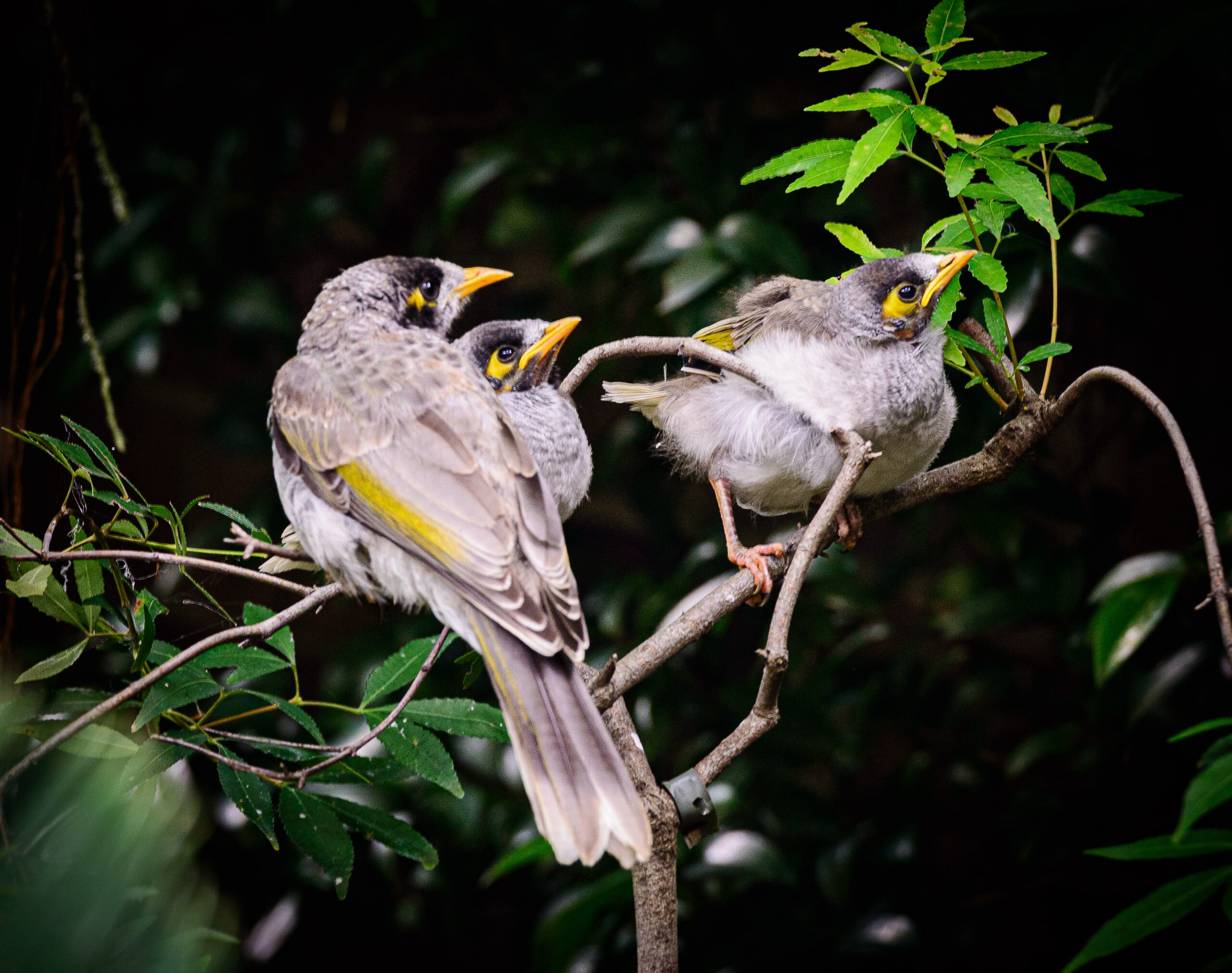 The two fledgelings needed to be fed, but only one emoted; after some initial false starts including when they ended up buried in clivias for half a day, both sat on the branches with their mouths open, but only one crying for more. The other was silent.
The two fledgelings needed to be fed, but only one emoted; after some initial false starts including when they ended up buried in clivias for half a day, both sat on the branches with their mouths open, but only one crying for more. The other was silent.
For a period we thought one had plummeted to its death, but the only intervention by my wife was a crumpled cardboard “staircase”, which enabled one of the fledgelings to eventually climb back for another try.
This was the only intervention. The nest was constructed in one of the Japanese maples. The garden contains two Japanese maples, but is essentially a walled garden, with camellias and climbing roses inside and ivy coating the outside wall alone the lane.
Then the critical time occurs, and the fledgelings shed their airborne uncertainty, and begin flying all over the property and across the lane into the trees or into our pittosporum in the back garden, which overhangs the lane or into the olive tree outside our front gate.
They might fly but they were not yet completely independent. Whether they have learnt the art of feeding themselves or not, for a time they returned to the garden at feeding time.
But now they have gone. Perhaps there has been something satisfying in providing the environment for native mynahs to raise their fledgelings. My wife doesn’t agree – native mynahs are a long way down her “bird of preference” list. Next year, if you think the welcome is laid out again, chirp again. You guys better go easy on attacking our visitors. Otherwise, you also can just wing it!
Yitzhak Who?
We, who have fought against you, the Palestinians, we say to you today in a loud and a clear voice; enough of blood and tears. Enough…We are today giving peace a chance and saying to you and saying to you again: enough – Yitzhak Rabin at signing of Oslo Accords 1993
The stain is spreading, President Biden. What would you say if your Secretary of State was a Muslim? What would you say if your Secretary of State was a Jew? But then your Secretary of State is a New York Jew whose ancestors came from Hungary, with distinguished Yiddish scholars in the mix and a stepfather, who was a Holocaust survivor. Impressive CV for such a task in hand.
Now the Hamas had plenty of time to perform the atrocities for which they have been accused by the Israeli publicity machine. Such as has occurred to those who have been released, been held for a longer time when the Hamas would have had a more leisurely time to commit these foul atrocities. What, you mean, these Hamas “animals” were escorting the released captives with civility with no complaints of atrocities- on the face of it the released all seem to be well cared for. It seems a disconnect, but the Bibi is the maestro of the Disconnect.
Now, there are those gentle, considerate Israeli soldiers, shooting up hospitals, humiliating a group of Palestinian men – why the inhumanity? The shema recited alleges that these men could be Hamas with exploding underwear; well the way the Israeli soldiers are acting, they could be equal to what the Israelis describe as Hamas, shema or not.
And the West bank, let’s shoot up the Palestinians, targets for the right-wing bunch of settlers. Would you tolerate in the United States, Mr Biden – shooting up the innocents – it’s called mass murder, President Biden.
How many of those terrorist children are you going to kill before the stain covers the whole of the Land of the Free. And what about the mothers – the hypocrisy of banning abortion Stateside and yet condoning at the same time killing defenceless women, some of whom are demonstrably pregnant, by these heroic Israeli soldiers – and let’s not forget the heroic pilots who outdo one another in blowing up Gaza, and anywhere else that they fancy. Far more authentic than those video games.
Biden, look at those settlers killing the defenceless on the West Bank. They are from the same sect that murdered Rabin. Do you condone, you, President Biden a plagiarism upon your House.
And here we are, being consumed by Christmas and good cheer. And in this time of gifts given in the traditional holly encrusted brown paper bags, there’s our Australian Government wagging its tail, loyally filling the pockets of consultants and the coffers of the American war machine who can rest comfortably, ye merry gentlemen. The brown paper bag has never been so well decorated. Finally, this week Australia has joined with the vast majority of countries to demand a ceasefire, parting with the entrenched US position.
But, while there are vetos, who cares about Gaza? The Palestinians are just barbarians. They don’t play golf, you know.
And by the way, Happy Hannukah.

Winter in the Isle of Wight
Some years ago, about this time of the year, we went to the Isle of Wight
It was a time between appointments. Downtime. Winter in England. Where to go? The wattage of inspiration. What about the Isle of Wight? Where else? The slight sense of adventure crossing the Foggy Solent – the stretch of water which separates the land from the Isle.
Driving down to Lymington through the New Forest – once the hunting domain of William the Conqueror and the place where son William, nicknamed Rufus, caught an arrow in somewhat inauspicious circumstances. Even in winter it’s a beautiful place of open forest and picturesque villages where wild donkeys roam through the streets coming out of the forest. It is all very quaint.
“Quaint” – what a delightful word derived from Old French cointe, from Latin cognitus ‘ascertained’, past participle of cognoscere. The original sense was “wise, clever”, also “ingenious, cunningly devised”, hence “out of the ordinary” and the current meaning came about in the late 18th century).
But then so is Yarmouth, where the car ferry deposits us – at the mouth of the Yar estuary. The George Hotel has been picked as the hotel of choice because of the availability of its prized No. 19 room. This room has an expansive terrace. From here we have a view over the estuary. The weather is cold, but there is not much chill factor in the wind. Yachts are shadowy forms – and even if it is the wrong part of the country, it is all very Swallows and Amazons as the Arthur Ransome books of my youth described the English coast.
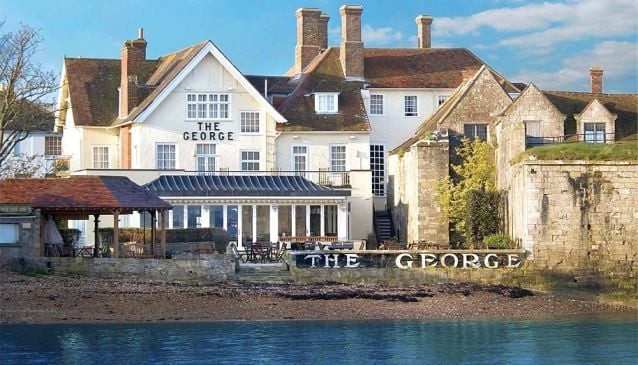
The George Hotel has been described as a winter hotel. Oak stairs that slope, a plaque that recognises that King Charles 1 had been there, possibly on one of his last nights of freedom. A breakfast room that overlooks the sea where you take porridge and kippers and that keystone of British life – a pot of Earl Grey, his lordship perfectly buffered in the tea bags.
August is crowded with tourists. It is Cowes week. The yachts are thick in number on the Solent. In winter they say the village atmosphere returns. The Isle of Wight becomes a tourist attraction in summer and a haven for sailors who sail the day and crowd the bar of the George Hotel at night. The Isle of Wight has been a favourite of royalty, but Osborne House, which Albert built for Victoria, is closed for winter – apart from special viewings. They’ll start the week after we have left.
The Isle of Wight in winter is also the Isle of Wight without funfairs and crowded roads. As one lady, who runs a teddy bear museum in Brading, one of the favourite watering spots in touring the perimeter of the island, remarked – bedlam for her is a wet day in August when the shop is jammed and her ability to service sorely tested. But in a rainy winter’s day, nobody came in while I waited for the teddy bear loving wife to buy yet another bear for her collection. The transaction was completed with due care given the seriousness of the purchase. After all, teddy bears have personalities and must be compatible.
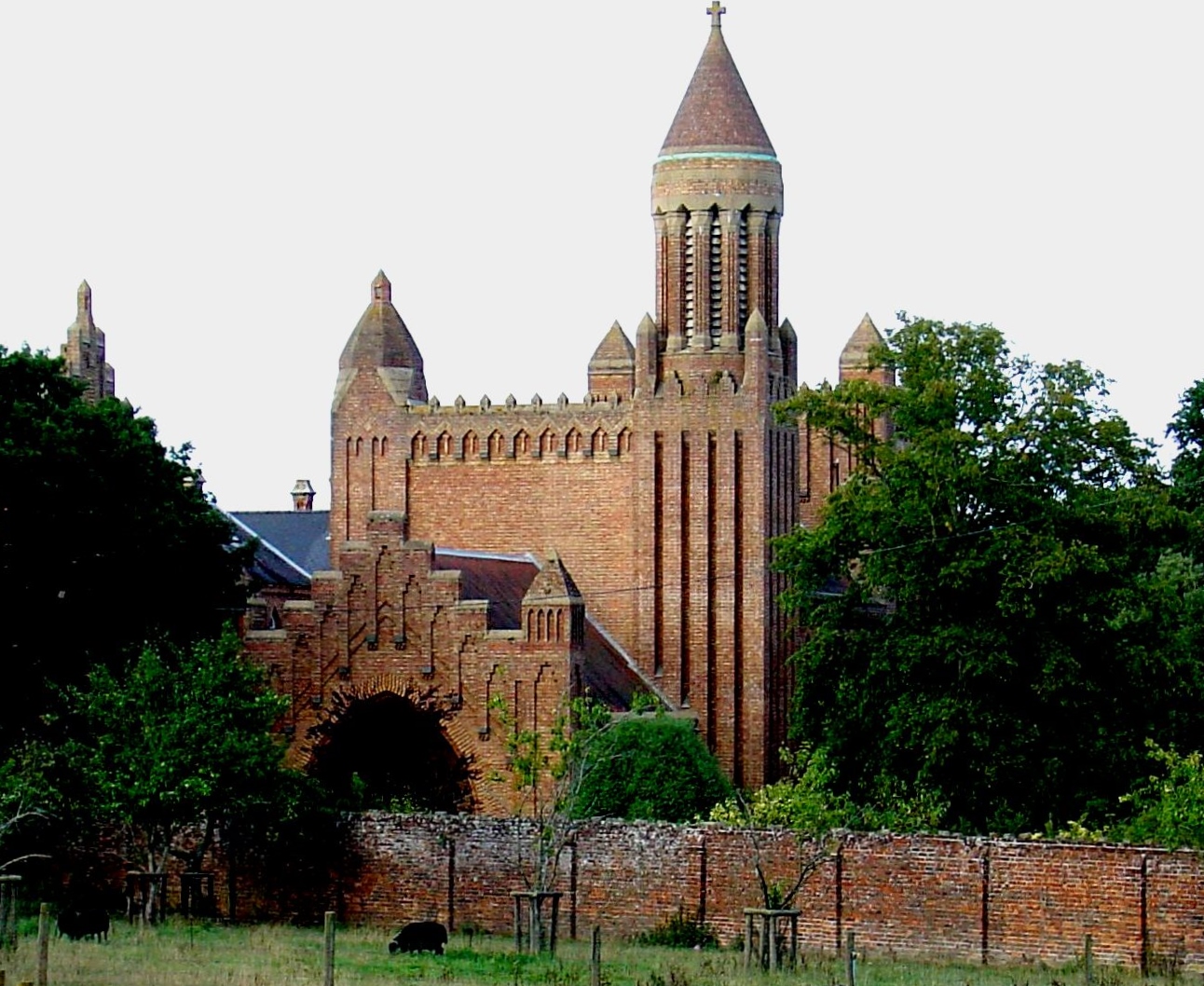
The Quarr Abbey, the stolid red Belgian brick building constructed in early part of the 20th century is open. The home of a declining number of Benedictine monks, the abbey provides accommodation for travellers. But we came and wandered the cloisters and purchased a CD of the monks intoning Gregorian chants interrupted by the Abbey bells, but we did not stay overnight.
That is the essence of the quaintness and yet outside there is a spectacular coastline which starts in the west at the Needles and then, along the ocean face are white cliffs and spectacular views of surly seas. It is an unencumbered view – you can stop and walk at will. There is room to move here, now that winter has come.
Mouse Whisper
You know the ads on television which characterise Dan Murphy as a New York bootlegger, but the advertisements betray a discordance in the representation. First the prices on the labels are in shillings, but the felt pen used in changing the price was not in use until the 1970s. So colourful; sure, the first felt pen was patented in 1910 but up until the 70s, they were excessively clunky. The one in the ad was probably bought the day they made the advertisement.
The actual Dan Murphy was a wine merchant who had a series of successful wine outlets in Melbourne. The first was in Chapel Street Prahran, set up in 1952 in competition with his father Ted Murphy; another at the lower end of one of the “Little” streets – either Little Bourke or Little Lonsdale Street. A small, cluttered vintner’s gem; the bottle that struck one as you entered the shop was the bottle of 1945 Chateau Margaux, carefully protected under wire netting.
Dan introduced the traditional Australian beer culture to fine wines; but he eventually succumbed to the financial blandishments of Woolworths. This behemoth has changed the Dan Murphy persona to one of an American bootlegger, albeit getting things wrong – presumably intentionally.
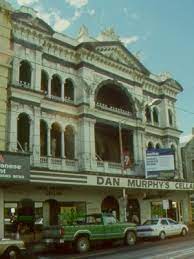

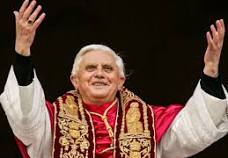
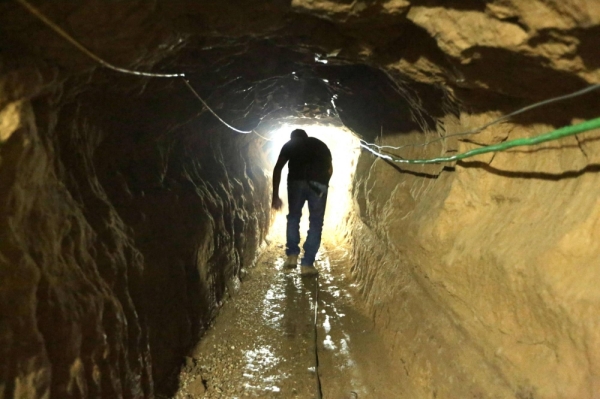 As I have foreshadowed, what will Netanyahu do after levelling Gaza in his search for what is apparently a very highly technically advanced tunnel system under Gaza, leaving a passel of Hamas fighters very protected, while ensuring with the blessing of the USA that every Gazan is killed, including the systematic killing of children. Netanyahu seems to be emulating a version of what the Romans did to Carthage, sowing the land with salt; Netanyahu is creating mountains of rubble. How is Netanyahu going to delight his far-right constituency enshrouded in black and hatred as they do their ritual prancing. I for one was not particularly enchanted by the sight of these people spitting at Christians. What a good idea, kill every Palestinian Christian as well.
As I have foreshadowed, what will Netanyahu do after levelling Gaza in his search for what is apparently a very highly technically advanced tunnel system under Gaza, leaving a passel of Hamas fighters very protected, while ensuring with the blessing of the USA that every Gazan is killed, including the systematic killing of children. Netanyahu seems to be emulating a version of what the Romans did to Carthage, sowing the land with salt; Netanyahu is creating mountains of rubble. How is Netanyahu going to delight his far-right constituency enshrouded in black and hatred as they do their ritual prancing. I for one was not particularly enchanted by the sight of these people spitting at Christians. What a good idea, kill every Palestinian Christian as well.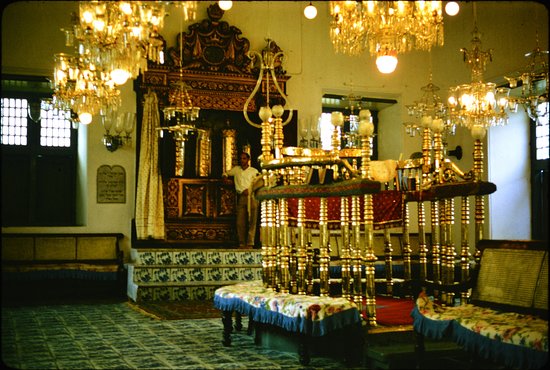
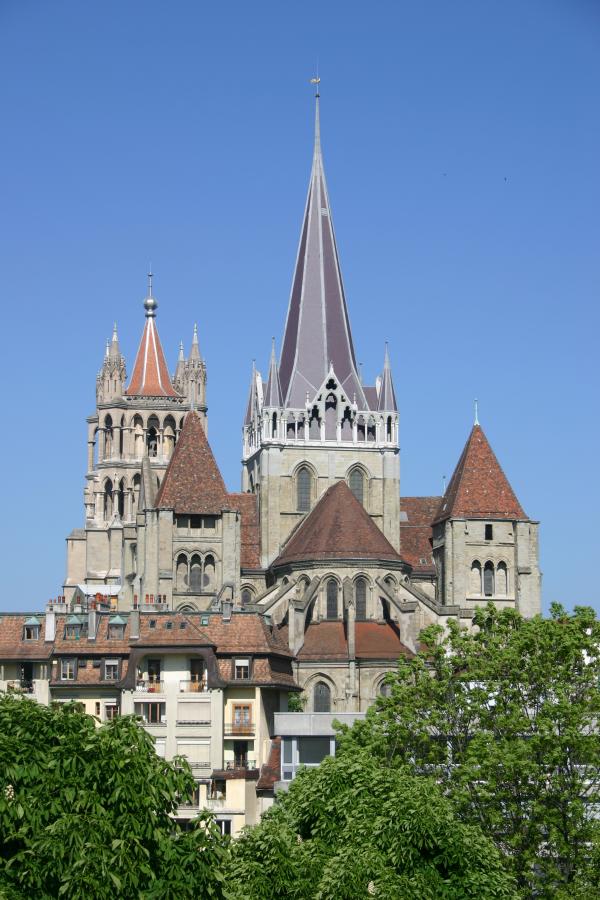 When visiting the Cathedral of Notre Dame located in the city of Lausanne, a Roman Catholic Church confiscated by the local Evangelical Church – a Calvinist offshoot, I saw an exercise in flamboyant religiosity, which I translated into the 370 word narrative below which I entitled: Oblivia – A short play with words:
When visiting the Cathedral of Notre Dame located in the city of Lausanne, a Roman Catholic Church confiscated by the local Evangelical Church – a Calvinist offshoot, I saw an exercise in flamboyant religiosity, which I translated into the 370 word narrative below which I entitled: Oblivia – A short play with words: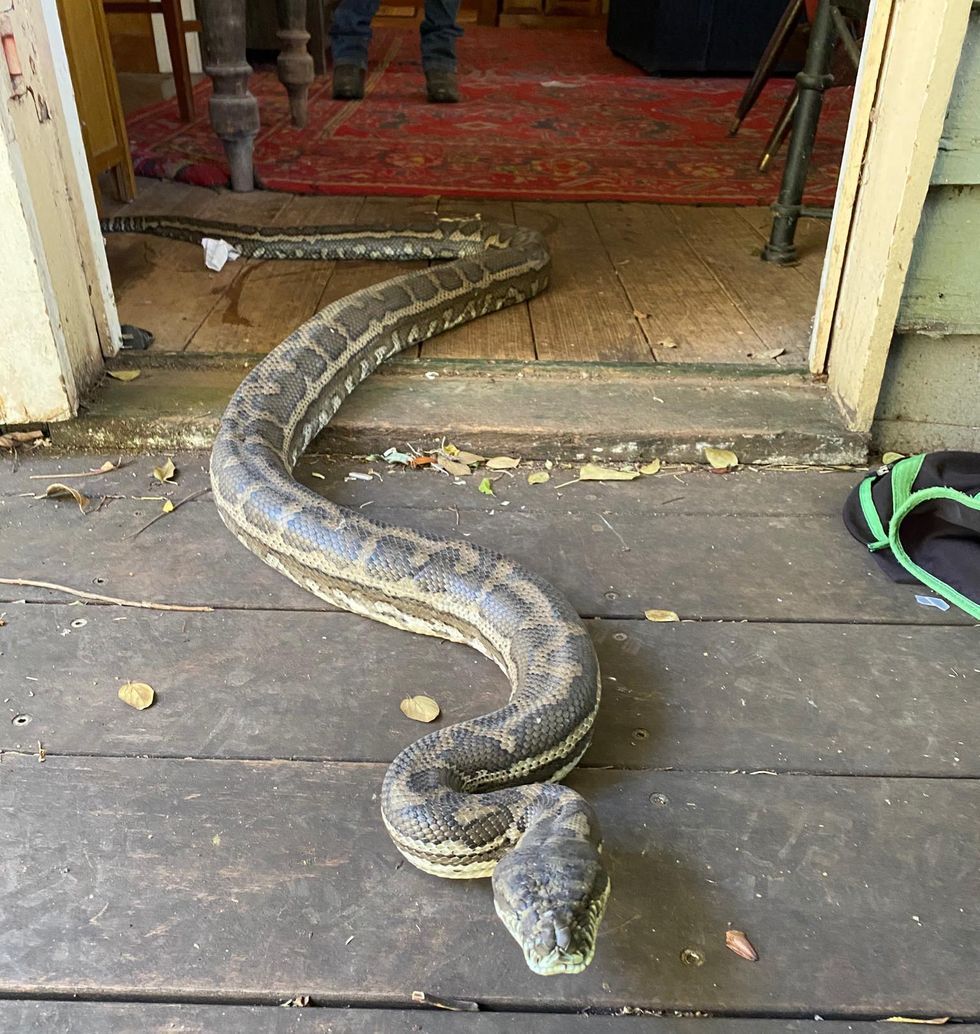
 Another worthy contender is Narelda Jacobs OAM, a Whadjuk Noongar woman who is a journalist and presenter on SBS. As has been said about her, she is someone who really understands the responsibility that comes with being seen. Neralda’s mother was a northern Irish immigrant and the founder of the first Noongar Church in Perth; her father was a Whadjuk Noongar man and a pastor who taught his five mixed race daughters that they “belonged anywhere”.
Another worthy contender is Narelda Jacobs OAM, a Whadjuk Noongar woman who is a journalist and presenter on SBS. As has been said about her, she is someone who really understands the responsibility that comes with being seen. Neralda’s mother was a northern Irish immigrant and the founder of the first Noongar Church in Perth; her father was a Whadjuk Noongar man and a pastor who taught his five mixed race daughters that they “belonged anywhere”.